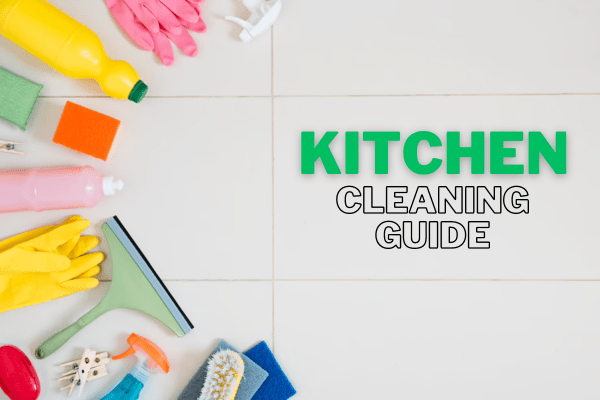A commercial kitchen is a place where food is prepared and cooked on a large scale. It is important to maintain cleanliness and hygiene in a commercial kitchen to prevent the spread of diseases and to ensure the safety of the customers. The cleanliness of a commercial kitchen is also a reflection of the quality of the food and the professionalism of the establishment.
In this article, we will discuss the procedures that are involved in cleaning a commercial kitchen.
Preparing the Kitchen for Cleaning
The first step in cleaning a commercial kitchen is to prepare it for cleaning. This involves removing all the equipment and appliances from the countertops, tables, and shelves. This will make it easier to clean the surfaces and prevent any damage to the equipment.
Cleaning the Surfaces
The next step is to clean the surfaces. Use a degreaser to remove any grease and grime from the surfaces. Use a scrubber to scrub away any tough stains. Wipe down the surfaces with a clean cloth to remove any remaining dirt.
Cleaning the Equipment
The equipment in a commercial kitchen should be cleaned regularly to ensure its longevity and to prevent the growth of harmful bacteria. Use a cleaning solution and a scrubber to clean the equipment thoroughly. Wipe the equipment down with a clean cloth.
Cleaning the Floors
The floors in a commercial kitchen should be cleaned regularly to prevent the build-up of grease, grime, and dirt. Sweep the floor to remove any loose dirt and debris. Use a mop and a cleaning solution to clean the floors thoroughly.
Cleaning the Drains
The drains in a commercial kitchen can become clogged with food particles and grease. This can lead to unpleasant odours and even blockages. Use a drain cleaner to clean the drains regularly and prevent any clogs.
Cleaning the Grease Traps
The grease traps in a commercial kitchen should be cleaned regularly to prevent the build-up of grease and oil. This will prevent any blockages and ensure the proper functioning of the traps. Use a degreaser and a scrubber to clean the grease traps thoroughly.
Cleaning the Exhaust System
The exhaust system in a commercial kitchen should be cleaned regularly to prevent the build-up of grease and oil. This will prevent any fire hazards and ensure the proper functioning of the system.
Disinfecting the Surfaces
The final step in cleaning a commercial kitchen is to disinfect the surfaces. Use a disinfectant solution to wipe down all the surfaces in the kitchen. This will kill any harmful bacteria and prevent the spread of diseases.
In conclusion, cleaning a commercial kitchen is an essential part of maintaining a safe and hygienic environment for food preparation. By following these procedures, you can ensure that your commercial kitchen is clean and free from any potential hazards.

